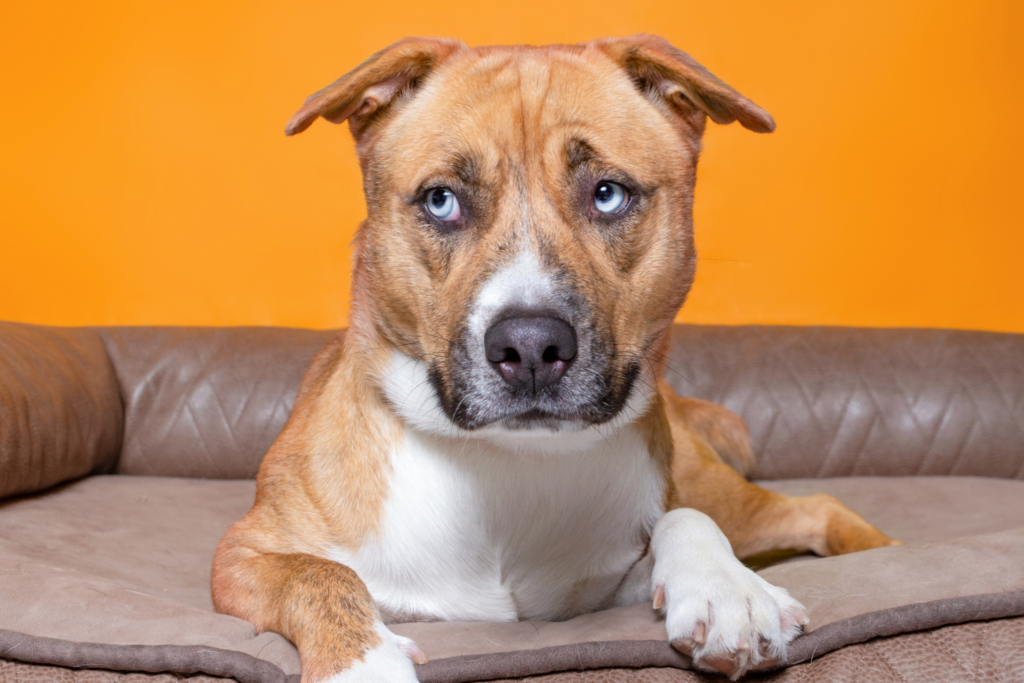Anxiety and nervousness are common in animals. Depending upon different situations, animals show other emotions and characteristics. Every animal is unique and reacts uniquely to a problem. However, many pet parents complain of their pets struggling with nervousness and anxious behavior. And for pet parents, it is challenging to help their pets get over it. Understanding the dire need for an appropriate guidebook of do’s and don’ts for anxious pets, Jaldee Vets bring you some crucial tips. Several tips can help pet parents calm and comfort their furry friends.
Why Do Pets Get Nervous or Anxious?
Depending on the nature and breed of the animal, pets can become nervous or anxious for several reasons. Many pets, especially dogs, suffer from separation anxiety. At the same time, many animals can develop fear or phobia related to specific stimuli like loud noises, fire, etc. Many pets are not adequately socialized and can create fear around other animals, different people, or under unfamiliar circumstances. And pet parents must note that certain medical conditions can also contribute to pet anxiety. Pets are creatures of habit, and any significant change in their environment or daily routine can trigger worry. Another reason that we cannot ignore is previous trauma or abuse.
Nonetheless, it is easy to read your pet’s body language and figure out when they are happy, sad, angry, or anxious. And it is essential to acknowledge your pet’s behavior and act accordingly to comfort them is necessary.
Tips for Dealing with a Nervous or Anxious Pet
Use Calming Products
The pet care industry has grown to develop a moderate amount of products to serve the various needs of pet parents. And with such development, multiple products are available that help create a calming environment for pets. Owners should get their hands on pheromone diffusers or sprays and calming collars that communicate calmness and a sense of security to our pets. However, it is advisable to consult a vet about the suitability of the products for your specific pet.
Use Positive Reinforcement
Positive reinforcement is a powerful tool for training and alleviating anxiety in pets. Who doesn’t like being rewarded and praised? Animals are no different. Pet parents must reward their furry babies with treats, praise, or playtime when they exhibit calm behavior and act nicely. Positive reinforcement helps reinforce good behavior and gradually reduces anxiety over time.
Create a Safe and Quiet Space
It is not just humans that like their personal space—animals like being by themselves now and then. Therefore, it always helps to create a designated area in your home where your pet can retreat when feeling anxious. This space should be quiet, comfortable, and free from any potential trigger that may cause anxiety. Another crucial point for all pet parents is to learn to respect their pet’s boundaries. Doing so allows our pets to calm down and relax with their will. Ultimately, it is a crucial move for their future development.
Provide Mental and Physical Stimulation
We often try to distract ourselves from all our worries to avoid anxiety and stress. It works for animals as well. It is wise to engage your pets in activities that they like, which will keep them occupied. Playtime, park walks, puzzle games, interactive games, training sessions, and regular exercise can help distract them from anxious thoughts. Moreover, it also helps them to channel their energy positively. On the bright side, it allows owners to bond with their pets and make beautiful memories.
Stay Calm and Be a Role Model
While people may disagree, pets are likely to pick up their owner’s emotions. So it is essential to remain calm and composed around your anxious pets. Pets are generally sensitive to their owners and feel strongly about them. Therefore, maintaining a quiet presence around your pet can help them associate your company with a sense of security and comfort. Demonstrating a relaxed demeanor may encourage them to follow suit.
We hope these tips were helpful for all you pet parents and animal lovers. For more such content, keep reading our blogs at Jaldee Vets.

